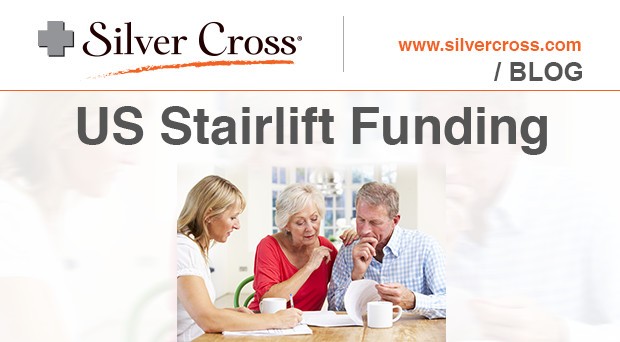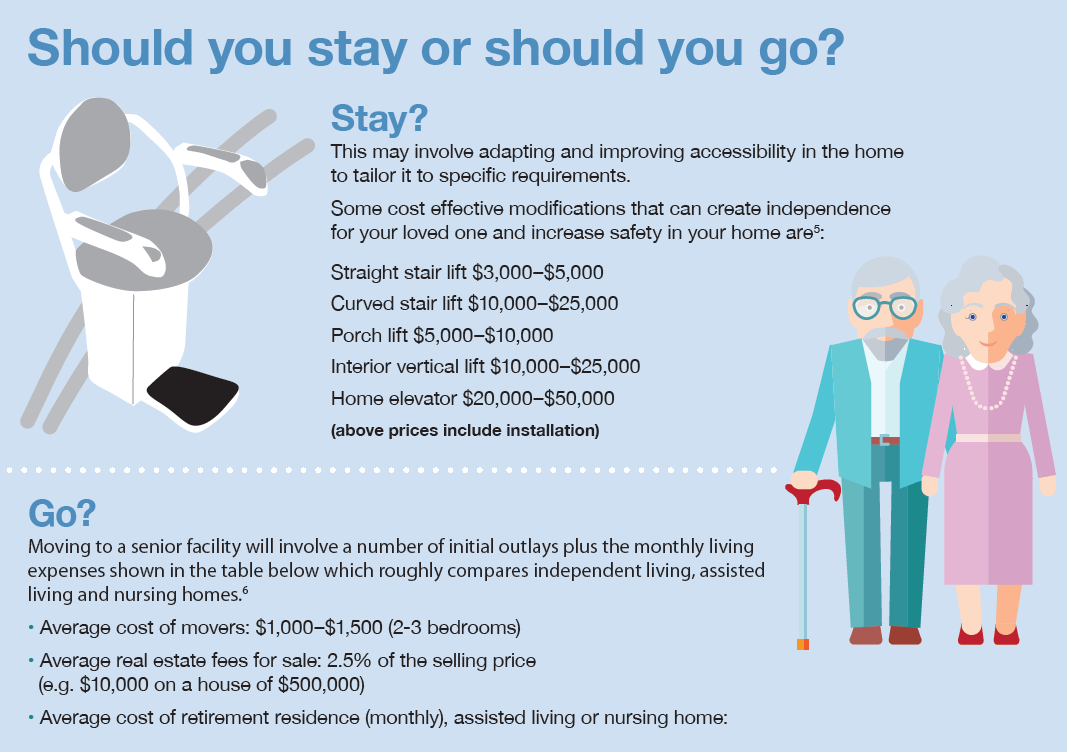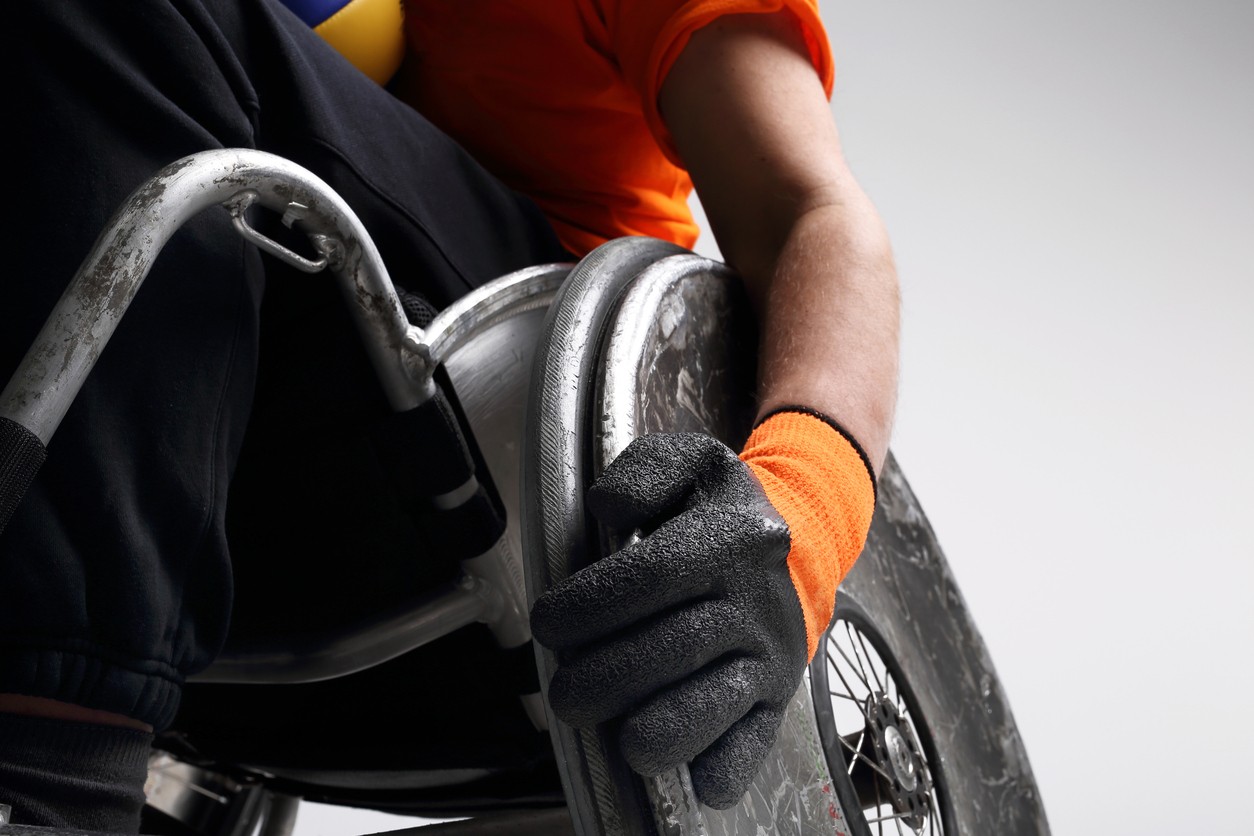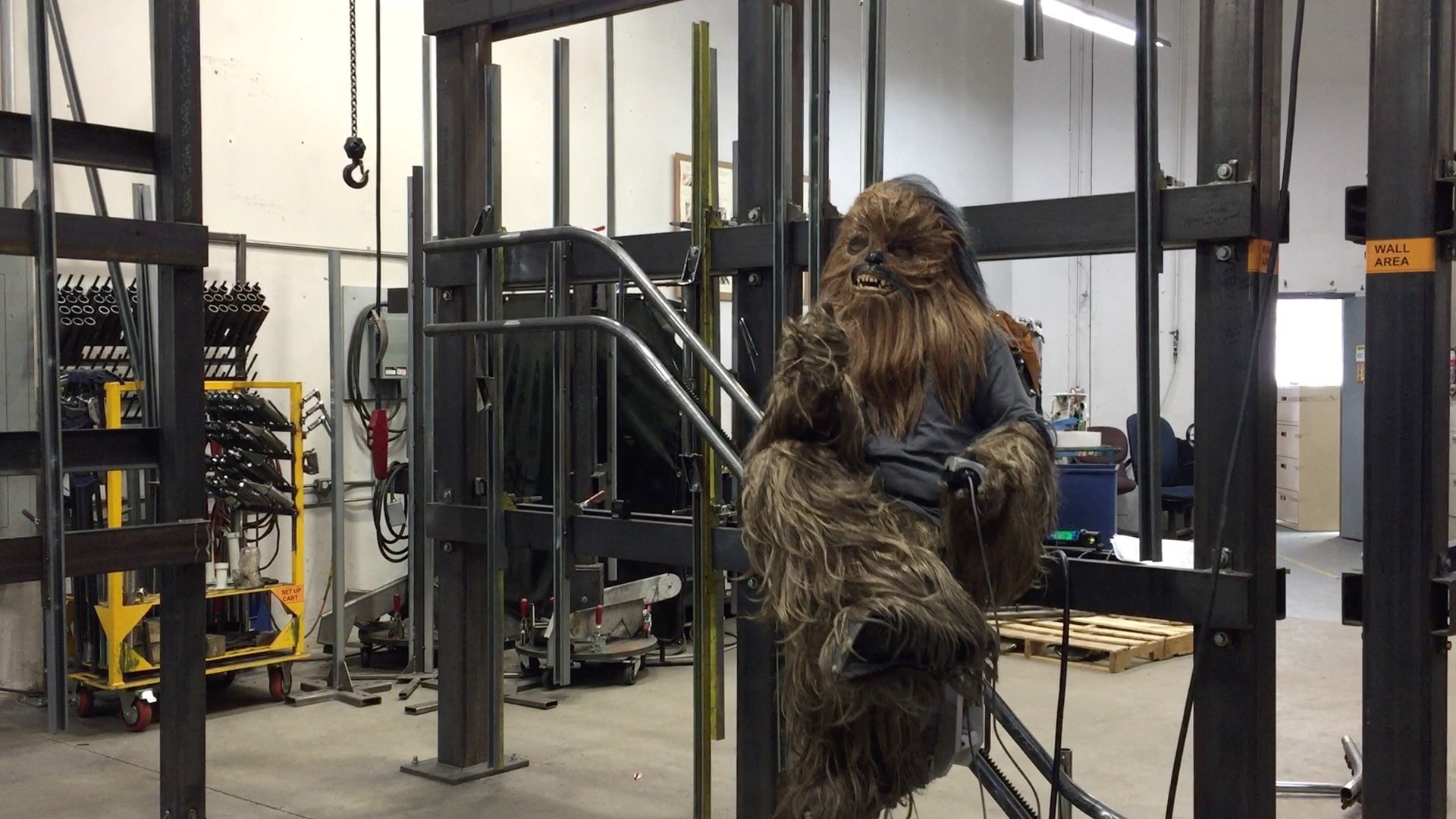Over 30 million Americans have difficulty walking or climbing stairs. That number will increase as America ages and the number of people over 65 continues to grow. Adding a stair lift to a home is a simple solution that can prevent potential falls and eliminate the hurdle of climbing stairs. But for many people, obtaining the funding for a stair lift can be overwhelming, confusing and the greatest hurdle of all.
Where to start?
Medicare will not cover the cost of a stair lift. Medicare Part B (Medical Insurance) covers medically necessary durable medical equipment (DME) that your doctor prescribes for use in your home. However, a stair lift is deemed a home modification, not durable medical equipment.
Home Modification Grants
Contact your local Department of Housing and Urban Development office: they might be able to offer some grants for stairlift installations. In many states, there are also financial assistance programs (listed below) for home modifications that help elderly or disabled persons stay in their home.
- Alaska Housing Finance Corporation
- Alzheimer’s Resource of Alaska
- Arizona Home and Community Based Services
- Connecticut’s Nursing Home Diversion Modernization Project
- Florida Community Care for the Elderly (CCE) Program
- Georgia Aging and Disability Resource Connection
- Illinois Community Care Program
- Iowa Able Foundation
- Iowa Aging – Case Management Program for Frail Elders
- Kentucky Hart-Supported Living Program
- Maine Housing Home Repair
- Maryland Accessible Homes for Seniors
- Massachusetts Home Care Program
- Minnesota Elderly Waiver Program
- Nebraska Assistive Technology/Home Modifications Service
- Nevada Community Options Program for the Elderly
- New Jersey Assistance for Community Caregiving
- New York State Expanded in-Home Services for the Elderly
- New York State RESTORE
- North Dakota Service Payments for the Elderly and Disabled Program
- Pennsylvania Assistive Technology Foundation
- Pennsylvania ACCESS Home Modification
- Rhode Island Home Care
- Texas Independent Living Services
- Texas In-Home and Family Support
- Vermont Home Access Program
- Washington DC Safe at Home
- Wisconsin Community Options Program
Private Medical Insurance Companies
Check with your insurance provider about your coverage. Most companies cover at least a portion of the stair lift and the installation. A justification statement from a medical professional will be required to certify the need for the product.
Veteran’s Administration
The VA health care will pay for a veteran’s stair lift who sustained injury while in service. For elderly veterans and/or their spouses who struggle with stairs unrelated to military duty there is the VA Aid and Attendance benefit. You must be eligible for a pension to collect this benefit.
The Veterans Directed Home and Community Based Services (VD-HCBS) will pay for products or services that improve a person’s ability to live independently. All enrolled veterans are eligible; however, it is only available in certain states.
Medicaid
Medicaid’s policies differ from state to state. Necessary modifications to a home to aid in daily living, generally fall under your state’s Home and Community Based Services (HCBS) waivers. They will likely cover the cost of a stair lift provided the person requires a nursing home level of care but remains living in their home. Visit the Medicaid website for waivers available in your state.
Taxes
The stairlift is considered a medical and dental expense and is tax deductible if you pay for it yourself. For a complete breakdown on the medical and dental expense guidelines visit the IRS website.
Find your local Area Agency on Aging
The Area Agency on Aging (AAA) is a network of over 600 agencies that serve the elderly population. They offer varying services and are an excellent resource for information, support, referrals and help completing applications for assistance programs. All AAAs receive federal funding under the Older American Act. Locate the one in your area from the Administration of Community Living.
Local Constituency
Contact your local state constituency office for more information or advice. Politics and programs are constantly evolving and changing. These elected officials serve you, so contact them to help answer your healthcare concerns.
For more information on home healthcare equipment funding visit our U.S. funding page.






